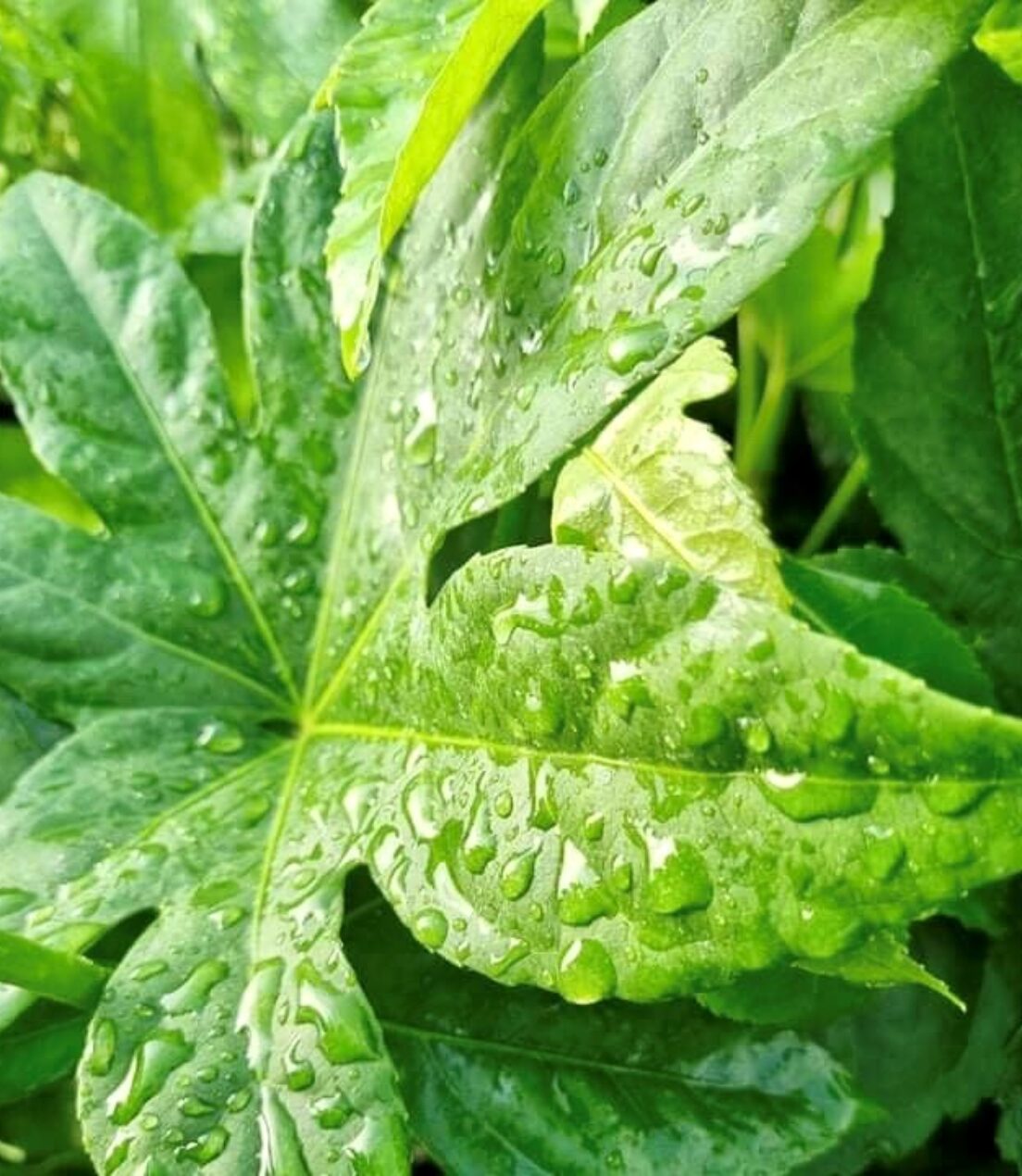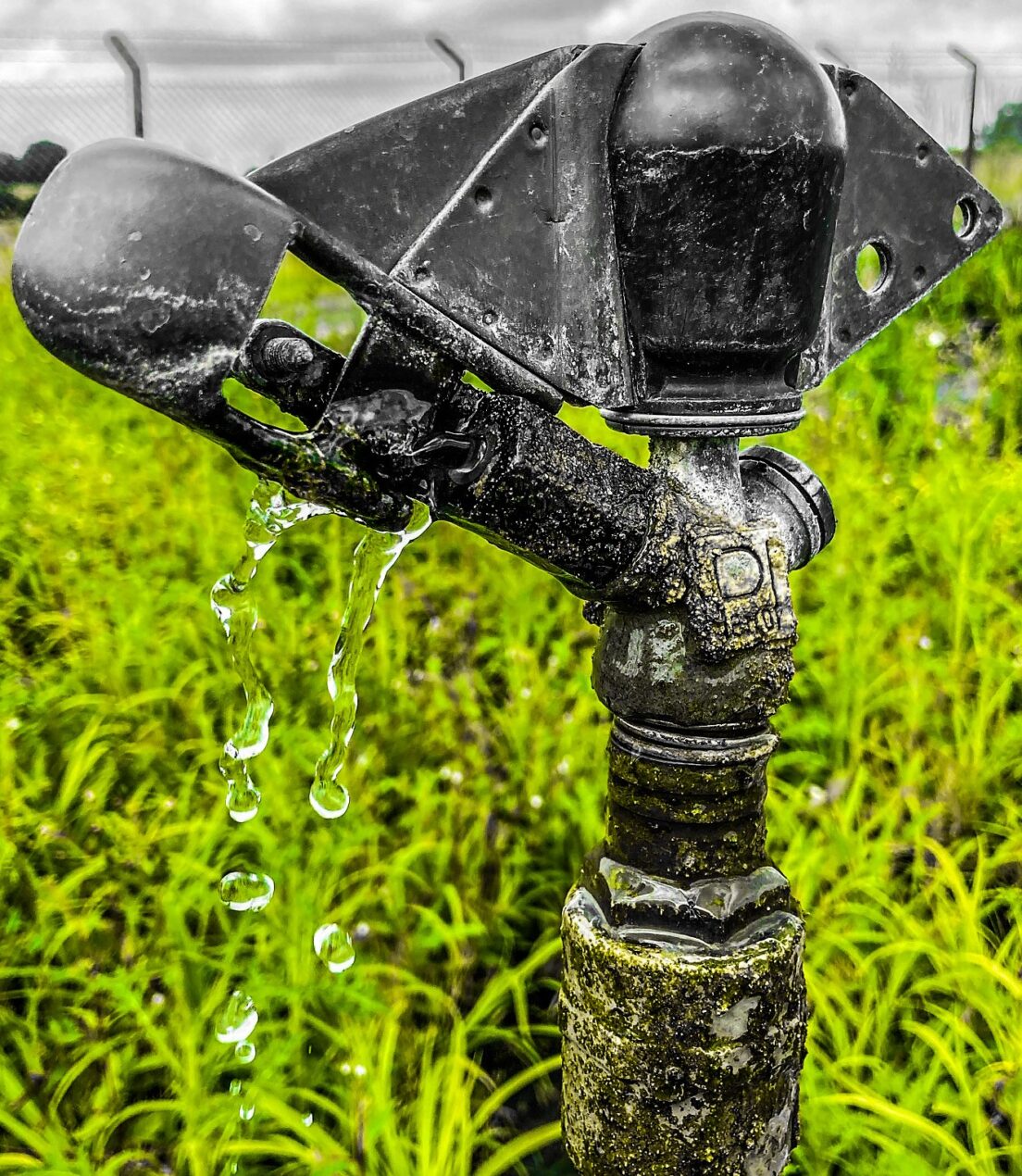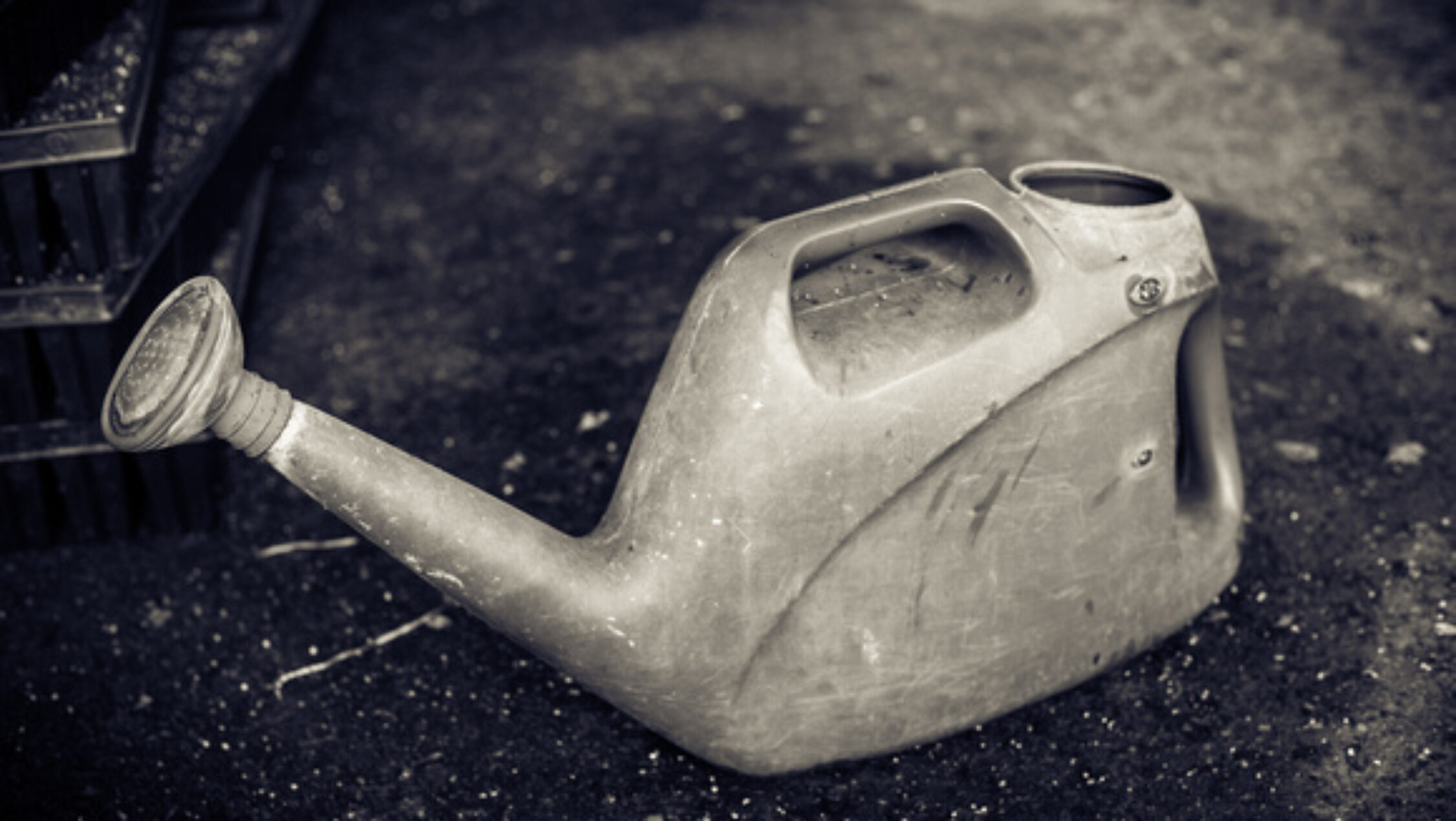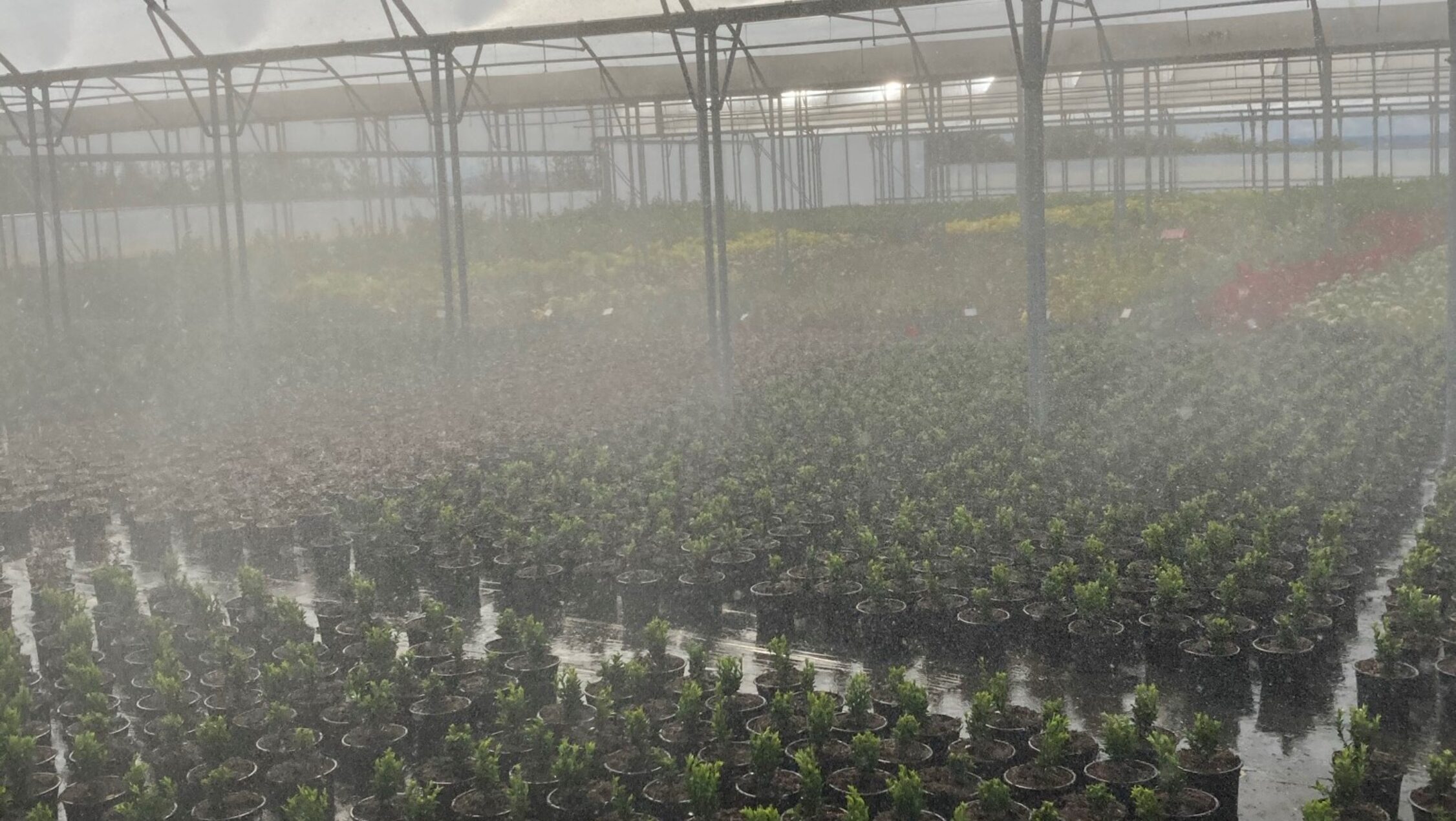Watering plants may appear to be a simple task, but if not done correctly it can cause long term issues to new plant establishment. Effective watering can reduce the risk of losing plants, the frequency to water, and the likelihood of attack by pest and disease.
This guide will focus on the basic elements of watering, the correct equipment required and how to water accurately, ensuring long-term plant health from growth to establishment.


Transpiration
In order to understand a plants watering needs, it is essential to learn how water is absorbed by them. This is known as transpiration. This process works by using evaporation through the holes (stomata) in the leaves to pull up new water from the roots.
Weather conditions must be considered in relation to how much water a plant needs. For example, a plant will require less water in hot, humid conditions where there is little air flow as humidity keeps water vapour close to the stomata and water is not pulled up the plant.
Alternatively, on a day where there is wind and light rain, water vapour is blown away from the leaf pulling more water out of the ground. Even with little to no rain, watering may still be necessary.
Correct watering
The key aim when watering is to water deep and targeted at the base of the plant. This encourages roots to chase the water, minimising wasted water and the need to water as often. Therefore, the plant will develop a well-established root system that has more availability to natural water through rain.
In contrast, watering little and often encourages roots to grow close to the surface, putting them in a position where soils dry out quickest.
When planting, it is important to make sure the pot, rootball or bare root plant is soaked through. Wetting a dry plant after planting is difficult, and in some cases a plant will fail to establish correctly.
Using the correct equipment to water plants will save time, water and ensure the most effective techniques are used for each individual plant.

Watering can
Watering cans are most useful for reaching smaller plants, and in areas the hose can’t reach. However, they can encourage users to water little and often which can cause more harm than good. Due to the nature of the situation, pots and bedding can tolerate this form of watering.
Hose
Considered the most effective watering method, a hose can allow water to go directly to its source ensuring deeper absorption, less wastage and more effective establishment.
A hose can be left under larger shrubs and trees on a low flow. Leaving it in position for 20-30 minutes once a week will fully satisfy the plant in warmer weather.
Porous hose
Although a commonly used technique, a porous hose is the one of the least valuable methods for watering especially larger areas. This is because it is difficult to measure the water volume given to each plant due to incognisances in the hose itself. The longer the hose, the higher the loss in water pressure, leading to plants receiving different quantities of water.

Sprinkler
Although sprinklers cover a wider area, they are noticeably inefficient regarding wastage. They are a suitable method for lawns or freshly planted areas during hot climates to cool temperatures, but a hose would be required afterwards for a deeper watering and to guarantee positive establishment.
A catch cup can be placed in the relevant area to measure the volume of water that has hit the ground and been absorbed whilst using a sprinkler. It is interesting to discover how little water there is per square meter.
Dripper irrigation
Installing a dripper system is an excellent time-saving method that can be controlled manually or on an automatic timer. Individual dripper points allow water to go directly to the plants, avoiding leakage and unlike soaker hoses, certifying an even watering rate throughout the system.
These systems can be covered with a mulch that will hide pipes and reduce evaporation. It is advised to receive support from a professional installer as soil type and planting density can all impact dripper spacing and optimal flow rate. This approach is most successful when installed permanently, and the number of drippers per plant can be increased over time where necessary.
